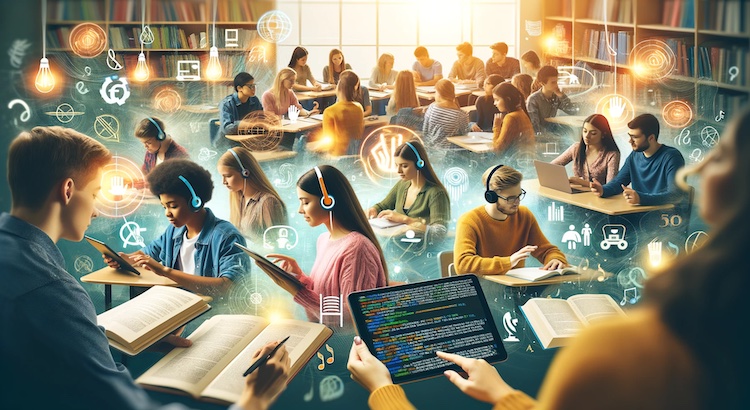How Audio Transcription Services Improve Accessibility for the Deaf and Hard of Hearing
Access to information is a key part of an inclusive world. Today, technology helps break down barriers so everyone, including people with disabilities, can learn and communicate. One effective tool is audio transcription services. These services are especially important for the deaf and hard of hearing. This article explains how transcription boosts accessibility and supports educational success for all.
What Are Audio Transcription Services?
Simply put, audio transcription services turn spoken language into written text. You can choose from:
- Manual transcription by trained people
- Automated transcription using AI and speech recognition software
With high accuracy, these services provide detailed text versions of audio files. This text is easy to read and can be used by anyone who cannot hear the original audio.
Why Are Transcription Services Essential?
For the deaf and hard of hearing, transcription is not just helpful. It is often the only way to access spoken information. Transcription helps in many places, such as:
- Meetings and conferences
- Classrooms and online courses
- Webinars and podcasts
- Videos on the internet
- Public events and announcements
By converting speech into text, transcription ensures people with hearing loss can read and fully understand the content. This supports real inclusion in schools, work, and society.
Benefits of Audio Transcription in Education
Lack of accessibility can stop students from reaching their goals. This is especially true in school and college settings, where lectures and discussions often rely on spoken words.
How Transcriptions Support Learning
- Students who are deaf or hard of hearing can follow along with lectures and class discussions.
- People who understand better by reading (not listening) can study more effectively.
- Written records of classes make it easier to review lessons at any time.
- Students who speak English as a second language can learn at their own pace.
Transcriptions help all students, not just those with hearing loss. In fact, 98% of students found closed captions and transcripts helpful in understanding course materials (2022).
Transcription Promotes Equal Chances
- Ensures everyone has the same access to education
- Builds a sense of inclusion and belonging among students with disabilities
- Improves academic results and confidence
Written materials remove barriers and allow everyone to participate equally.
How Audio Transcription Supports Accessibility Beyond Education
Transcription is valuable in more than just classrooms:
- Workplaces use transcription for clear records of meetings, interviews, and trainings.
- Online content, like videos and podcasts, becomes accessible when paired with transcripts or closed captions.
- Events can reach a wider audience by providing real-time captions or subtitles.
Businesses, schools, and organizations must meet accessibility laws like the Americans with Disabilities Act. Using transcription shows commitment to these standards and to the needs of the community.
The Role of Technology: Human vs. Automated Transcription
Today, Artificial Intelligence (AI) is making automated transcription faster and more affordable (Statista, 2023). But there are times when human transcription is a must:
- When accuracy is critical
- If there are multiple speakers or strong accents
- For technical or special subject matter
- When you need perfect grammar and punctuation
Blending technology and skilled human proofreaders, like those providing transcription proofreading services, gives the best of both worlds—speed and reliability.
Cost and Subscription Options for Transcription Services
Transcription is more budget-friendly than ever. Many providers offer:
- Per-minute transcription pricing
- Subscription models for ongoing needs
- Custom options for students, businesses, and content creators
Some also bundle AI transcription subscriptions with editing and translation services for global reach.
Adding Value: Subtitles, Captions, and Translation
Accessibility is more than just text. Other helpful services include:
- Caption services for videos
- Subtitling services for international audiences
- Text translation and audio translation for non-English speakers
These services let people of all backgrounds and abilities engage with your content.
Conclusion
Quality audio transcription services are essential for breaking down communication barriers. They help people who are deaf or hard of hearing access everything from lectures to online videos. Transcription also supports global learning and inclusion by offering text, captions, and translations.
GoTranscript can help you make your content accessible. From ordering fast, accurate transcriptions to adding closed captions or translation, GoTranscript offers solutions to improve accessibility for all.



















 Verified Order
Verified Order